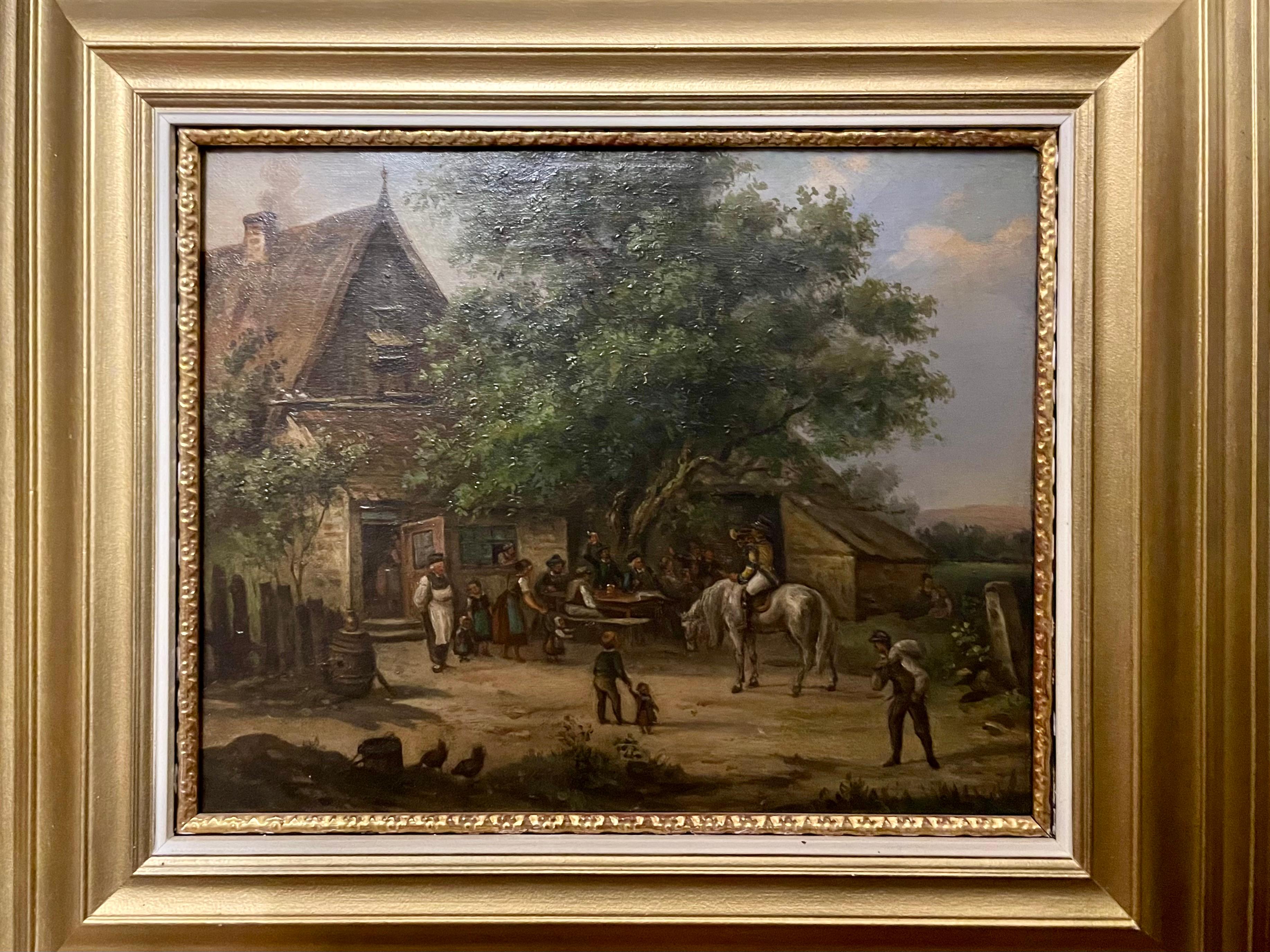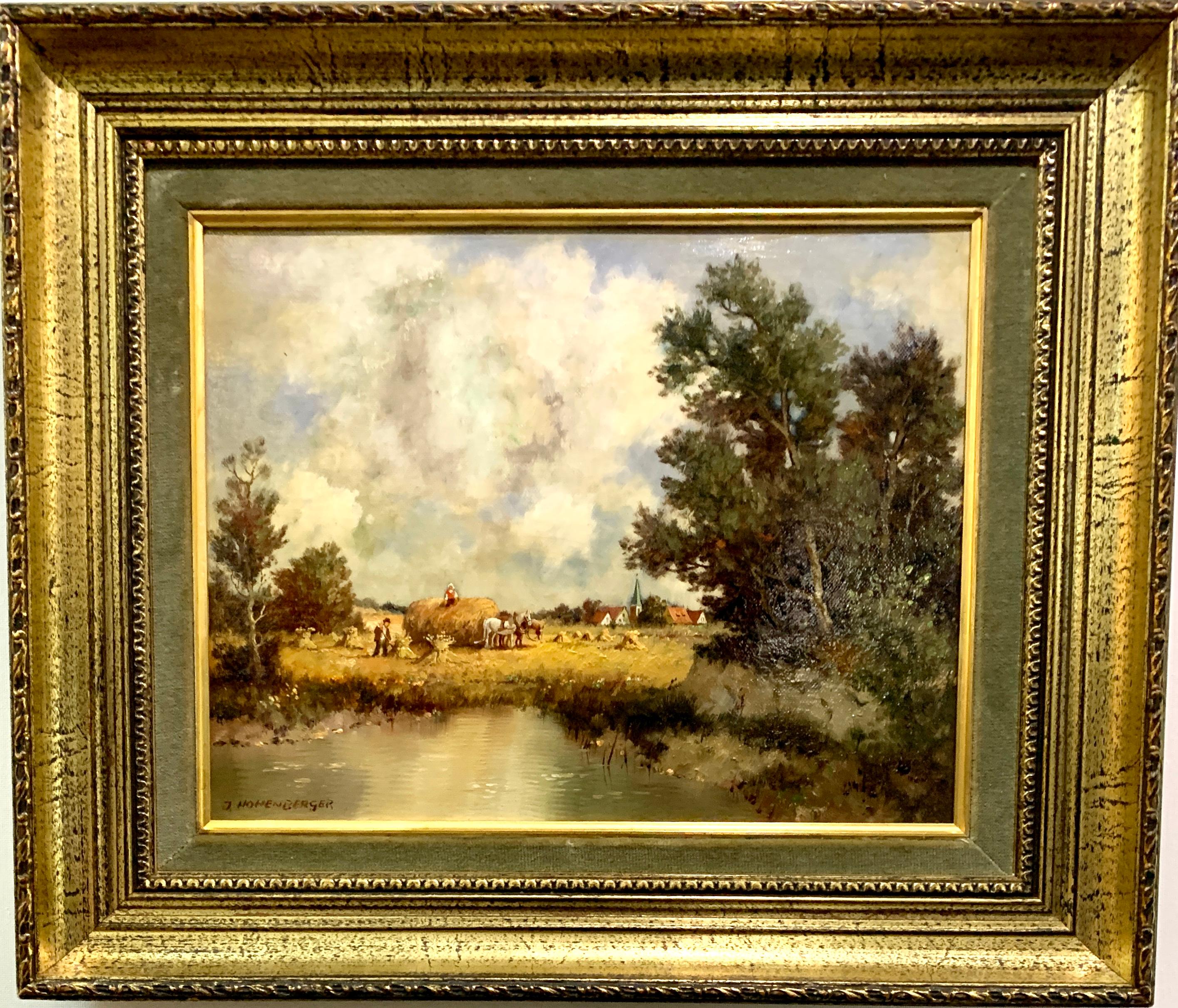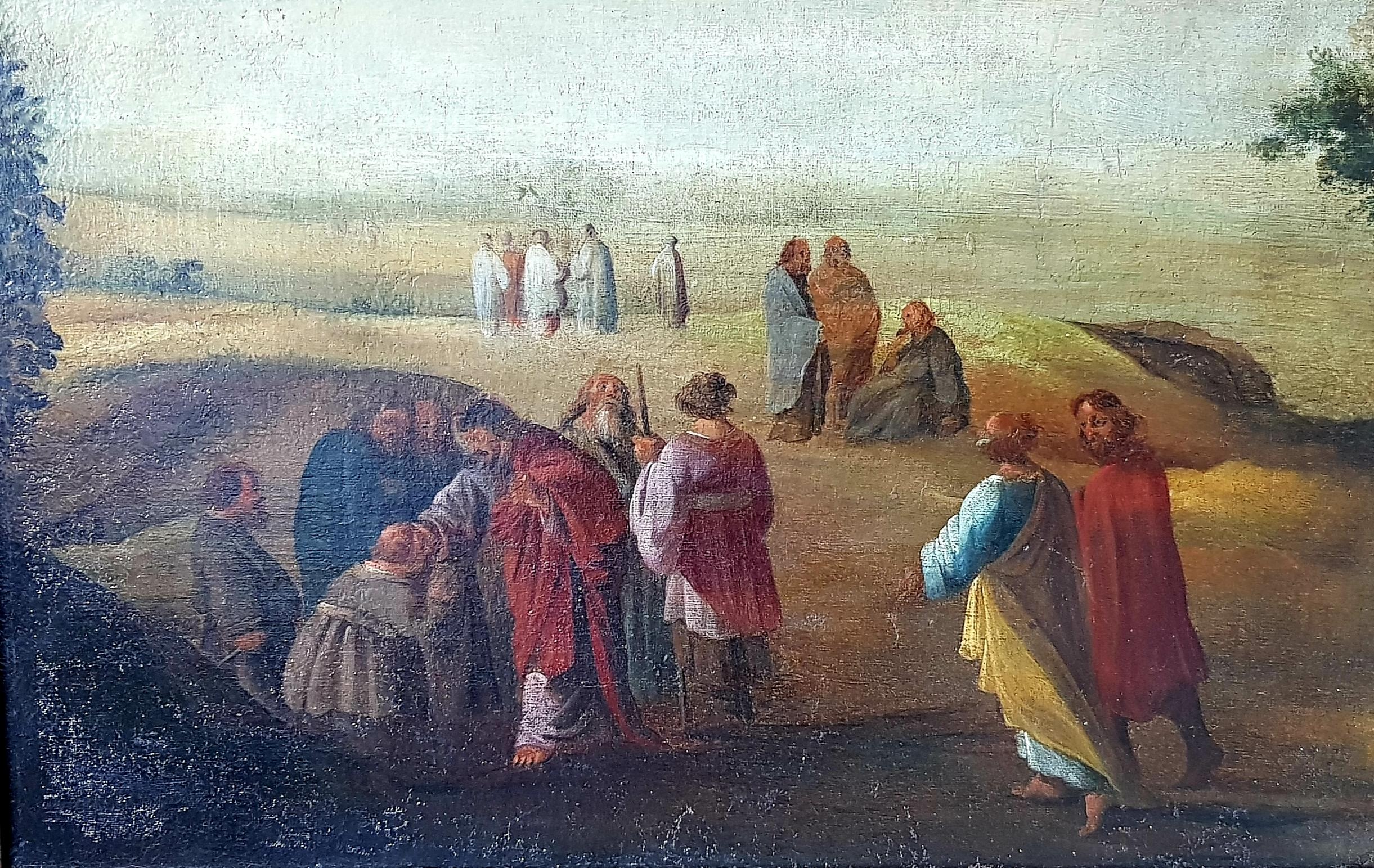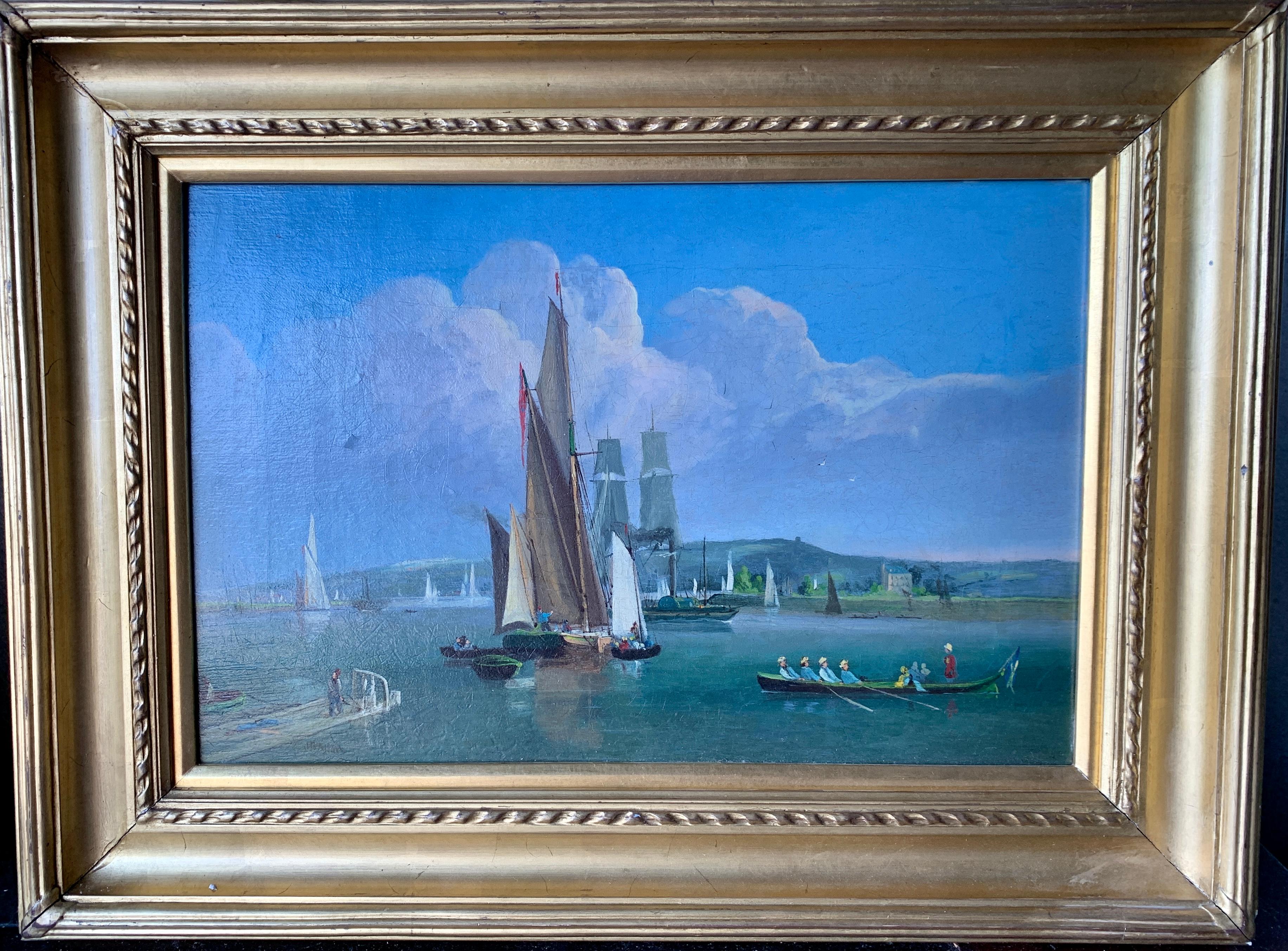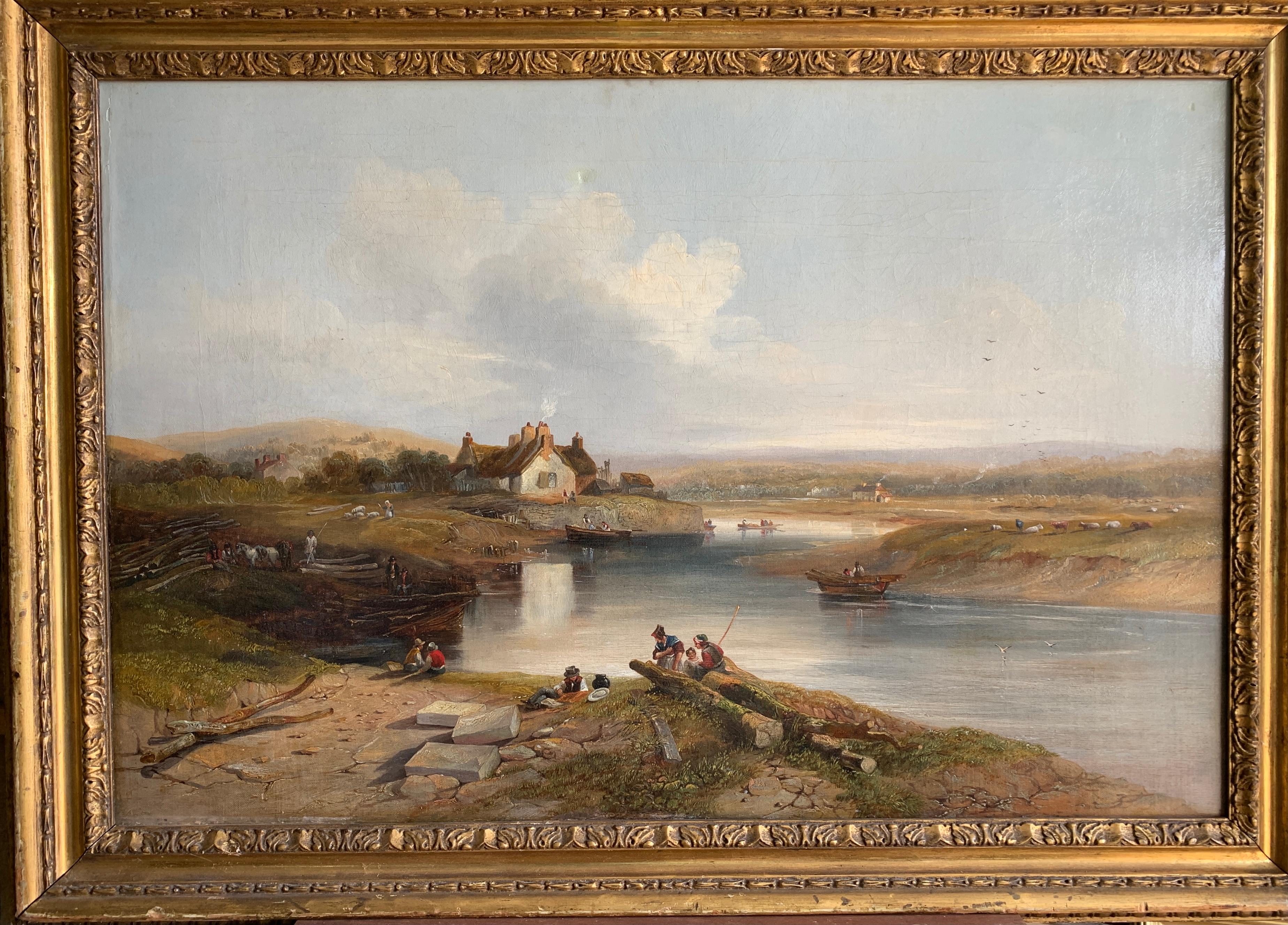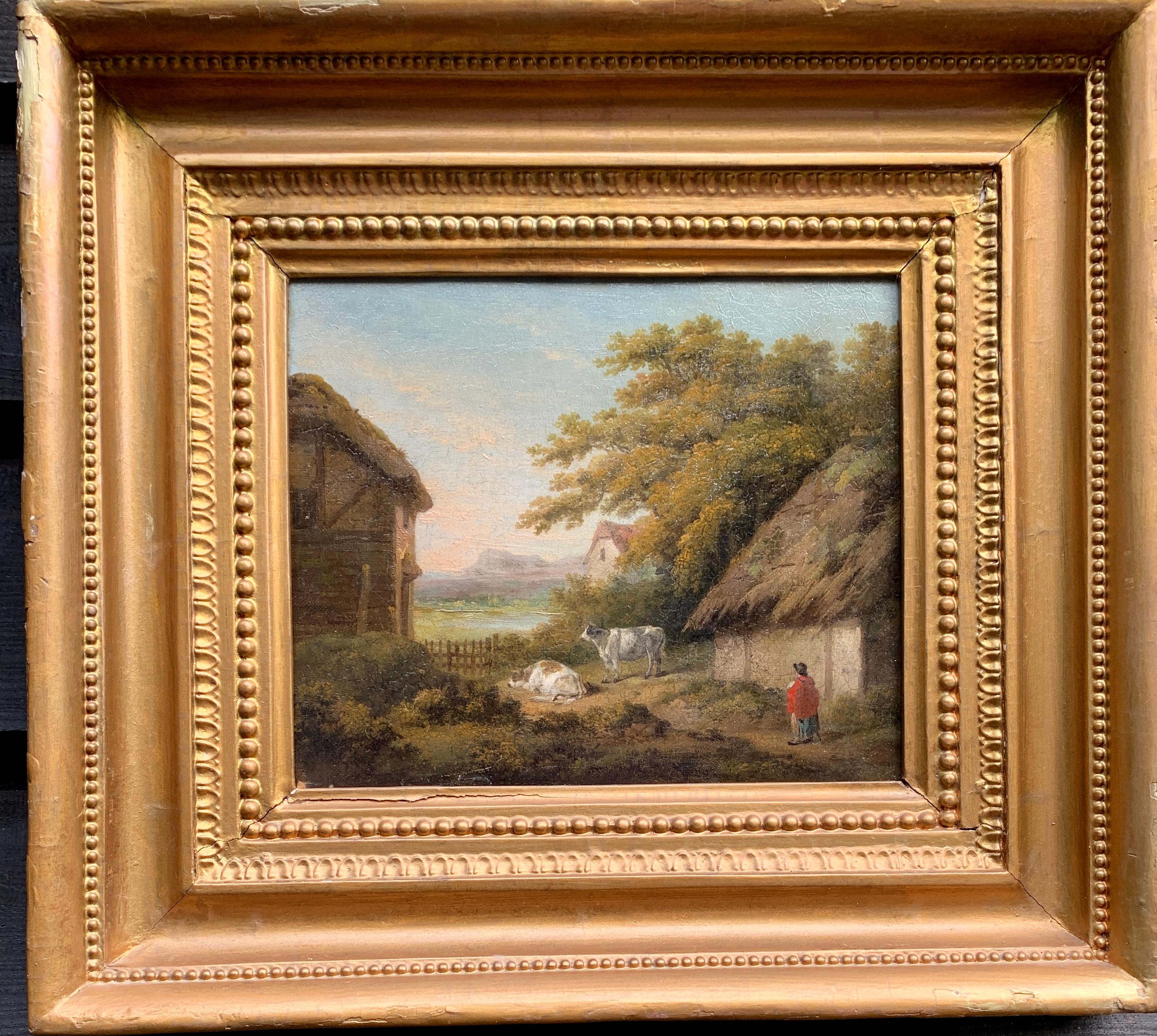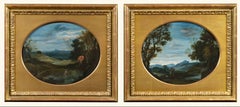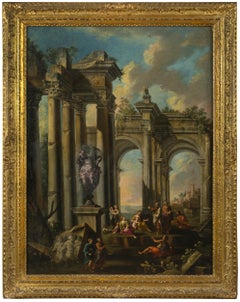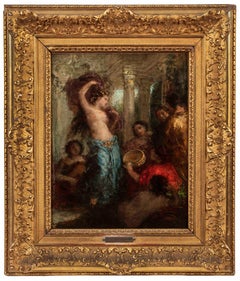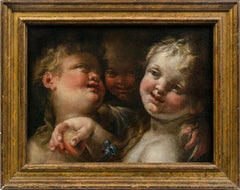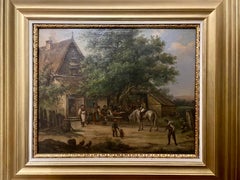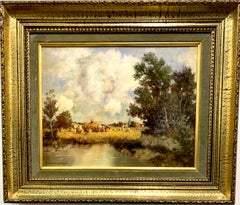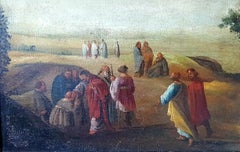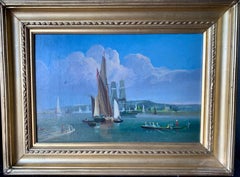Items Similar to Ezekiel in the Valley of Dry Bones
Want more images or videos?
Request additional images or videos from the seller
1 of 6
Philip Burne-JonesEzekiel in the Valley of Dry Bones
About the Item
Provenance:
Christie’s, London, 3 March 1922, lot 46 (with The Tower of Babel);
James Nicoll
Private Collection
Sotheby’s, London, 29 March 1983, lot 157
Private Collection, New York (1983–present)
Exhibited:
The New Gallery, 1888.
Works by Sir Philip Burne-Jones, Bt., The Dowdeswell Galleries, London, April – May 1914.
Literature:
“The Pictures of 1888,” Pall Mall Gazette Extra, no. 41 (1888), p. 77, ill.
Cosmo Monkhouse, “The New Gallery; II,” The Academy, vol. 3, no. 849 (1888), p. 419.
Martin Harrison and Bill Waters, Burne-Jones, London, 1973, p. 180.
Philip Burne-Jones was the only son of Sir Edward Coley Burne-Jones and, like his father, painted from an early age. He was educated at Marlborough and at University College, Oxford, but had little academic success. Philip began to exhibit at the Grosvenor Gallery in 1886 but preferred to show at the New Gallery from its opening two years later, where the present painting first appeared. He produced a few literary pictures at the beginning of his career but specialized in landscapes and portraits. Harrison and Waters have written that Philip “had a talent for portraiture and landscape, and like George Howard, infrequently ventured into imaginative or figure work. Working mostly in gouache or watercolour, once again like Howard, his style could never be confused with his father’s though it approaches it in Ezekiel in the Valley of Dry Bones, which was exhibited at the New Gallery in 1888.”
Philip’s portraits of his father, his uncle Rudyard Kipling, and Sir Edward J. Poynter hang in the National Portrait Gallery, but few of his works are in public collections. His most celebrated painting in his day was The Vampire, an 1897 canvas that was said to inspire a poem by Kipling; its present location is unknown.
Ezekiel in the Valley of Dry Bones is one of the artist’s finest and most evocative paintings. The subject is taken from Ezekiel 37:1-10 (with special reference to 37:2) and is a remarkable portrayal of the Biblical scene. Here Philip follows in the footsteps of his father, with a composition at once mysterious and romantic, and alimited palette here punctuated by the brilliant orange spot of the setting sun. Writing at the time of the New Gallery exhibition, Cosmo Monkhouse described Philip Burne-Jones’s Ezekiel as “the most impressive picture he has yet exhibited.”
When sold in 1922, Ezekiel in the Valley of Dry Bones was paired with another painting by the artist, The Tower of Babel. That work, dated 1889, is at present lost, having last appeared at auction at Sotheby’s, Belgravia, 6 December 1977, lot 100.
- Creator:Philip Burne-Jones (1861 - 1926, British)
- Dimensions:Height: 23 in (58.42 cm)Width: 18 in (45.72 cm)
- Medium:
- Movement & Style:
- Period:
- Condition:
- Gallery Location:New York, NY
- Reference Number:1stDibs: LU1021074663
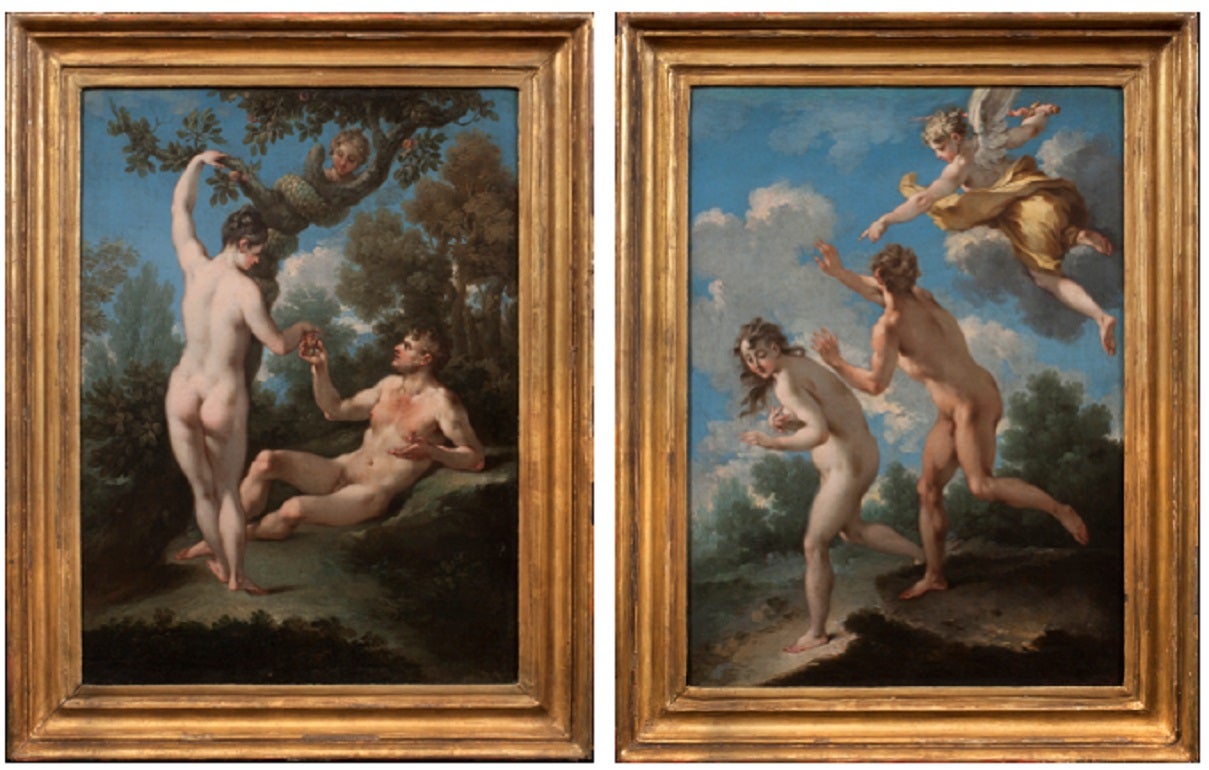
About the Seller
5.0
Recognized Seller
These prestigious sellers are industry leaders and represent the highest echelon for item quality and design.
Established in 1997
1stDibs seller since 2012
20 sales on 1stDibs
Typical response time: 14 hours
- ShippingRetrieving quote...Shipping from: New York, NY
- Return Policy
Authenticity Guarantee
In the unlikely event there’s an issue with an item’s authenticity, contact us within 1 year for a full refund. DetailsMoney-Back Guarantee
If your item is not as described, is damaged in transit, or does not arrive, contact us within 7 days for a full refund. Details24-Hour Cancellation
You have a 24-hour grace period in which to reconsider your purchase, with no questions asked.Vetted Professional Sellers
Our world-class sellers must adhere to strict standards for service and quality, maintaining the integrity of our listings.Price-Match Guarantee
If you find that a seller listed the same item for a lower price elsewhere, we’ll match it.Trusted Global Delivery
Our best-in-class carrier network provides specialized shipping options worldwide, including custom delivery.More From This Seller
View AllTwo Scenes of Diana and Actaeon (a pair)
By Giovanni Battista Viola
Located in New York, NY
Provenance:
Robert L. and Bertina Suida Manning, New York, until 1996
Private Collection, USA
Giovanni Battista Viola was born in Bologna a...
Category
17th Century Baroque Landscape Paintings
Materials
Copper
An Architectural Capriccio with the Preaching of an Apostle
By Giovanni Paolo Panini
Located in New York, NY
Provenance: Santambrogio Antichità, Milan; sold, 2007 to:
Filippo Pernisa, Milan; by whom sold, 2010, to:
Private Collection, Melide, Switzerland
De Primi Fine Art, Lugano, Switzerland; from whom acquired, 2011 by:
Private Collection, Connecticut (2011-present)
Literature: Ferdinando Arisi, “Ancora sui dipinti giovanili del Panini,” Strenna Piacentina (Piacenza, 2009): pp. 48, 57, 65, fig. 31, as by Panini
Ferdinando Arisi, “Panini o Ghisolfi o Carlieri? A proposito dei dipinti giovanili,” Strenna Piacentina, (Piacenza, 2010), pp. 100, 105, 116, fig. 101, as an early work by Panini, a variant of Panini’s painting in the Museo Cristiano, Esztergom, Hungary.
This architectural capriccio is one of the earliest paintings by Giovanni Paolo Panini, the preeminent painter of vedute and capricci in 18th-century Rome. The attribution to Panini has been endorsed by Ferdinando Arisi, and a recent cleaning of the painting revealed the artist’s signature in the lower right. Like many of his fellow painters working in Rome during his day, Panini was not a native of the Eternal City. He first trained as a painter and stage designer in his hometown of Piacenza and moved to Rome at the age of 20 in November 1711 to study figure painting. Panini joined the workshop of Benedetto Luti (1666-1724) and from 1712 was living on the Piazza Farnese. Panini, like many before and after him, was spellbound by Rome and its classical past. He remained in the city for the rest of his career, specializing in depicting Rome’s most important monuments, as well as creating picturesque scenes like this one that evoked the city’s ancient splendor.
The 18th century art historian Lione Pascoli, who likely knew Panini personally, records in his 1730 biography of the artist that when Panini came to Rome, he was already “an excellent master and a distinguished painter of perspective, landscape, and architecture.” Panini’s earliest works from this period still show the evidence of his artistic formation in Piacenza, especially the influence of the view painter Giovanni Ghisolfi (1623-1683). However, they were also clearly shaped by his contact in Rome with the architectural capricci of Alberto Carlieri...
Category
18th Century Old Masters Figurative Paintings
Materials
Canvas, Oil
Orientale
By Henri Fantin-Latour
Located in New York, NY
Signed, lower right: Fantin
Provenance:
Gustave Tempelaere (1840–1904), Paris; possibly by descent to his son:
Julien Tempelaere (1876–1961) and with F. & J. Tempelaere, Paris, prob...
Category
1890s Romantic Figurative Paintings
Materials
Canvas, Paper, Oil
Three Angels
By Domenico Piola the Elder
Located in New York, NY
Provenance:
Robert L. and Bertina Suida Manning, New York, until 1996
Private Collection, USA
One of the leading artists in Genoa during the second half of the seventeenth century, Domenico Piola came from a successful family of artists, renowned for their many illusionistic ceiling programs throughout Genoese churches and palaces. A prolific draughtsman and painter, Domenico oversaw an extremely productive studio. In addition to his collaborations with numerous other artists, Domenico also provided many designs for book illustrations and prints that circulated throughout Europe, earning him international exposure and high acclaim in his own day.
As Dr. Anna Orlando has indicated (written communication), the present work is an early work by Piola, datable from the late 1640s. At this time the young artist came strongly under the influence of Castiglione and Valerio Castello, while admiring the works of Giulio Cesare Procaccini. Piola’s works from this period are exuberant and fluid, and the artist’s love of portraying children is evident from the angels and putti that populate both his altarpieces and more intimate paintings.
The present work depicts three angels...
Category
17th Century Baroque Figurative Paintings
Materials
Canvas, Oil
Holy Family with the Infant St. John the Baptist
Located in New York, NY
Lubin Baugin
(Pithiviers 1610 – 1663 Paris)
Holy Family with the Infant Saint John the Baptist
Oil on canvas
22 x 42 ¼ inches (55.9 x 107.3 cm)
Provenance:
Marcello and Carlo ...
Category
17th Century Old Masters Figurative Paintings
Materials
Canvas, Oil
Head of the Virgin
Located in New York, NY
Provenance: Private Collection, Paraguay.
This unpublished Head of the Virgin is a new addition to the rich corpus of paintings by Giovanni Battista Tiepolo. While the artist freque...
Category
18th Century Old Masters Figurative Paintings
Materials
Oil, Canvas
You May Also Like
Village Scene
Located in Hillsborough, NC
Fine 19th century oil painting of a bustling Austrian/Germanic village with horse, rider and various figures outside an Inn, attributed to Arthur Georg Ramberg (1819-1879), well known for figurative genre paintings. The rider is carrying a bugle, apparently announcing news to the people; men are sitting by the table drinking, one with a raised stein. Women walking by stop to listen, a man carrying a sack has stopped to watch the rider, people are in the Inn doorway, and one is looking out the window. Children pause their playing. The scene is under a large tree beside the Inn; a whole community waiting for news.
There is a great deal of detail in the scene, tree and Inn house...
Category
19th Century Victorian Figurative Paintings
Materials
Canvas, Oil
$1,950 Sale Price
25% Off
20th century Harvest River landscape with horses, farmers, a church and village.
By J.Hohenberger
Located in Woodbury, CT
Wonderful 20th century German landscape with harvesters working on the farmland, bringing in the harvest.
Hohenberger was landscape painter from the middle to latter part of the 20...
Category
1960s Victorian Landscape Paintings
Materials
Canvas, Oil
Holy Baptism, Bible Scene, Early 18th Century, Florentine School
Located in Sofia, BG
Holy Baptism, Oil painting on canvas by an unknown artist
About the artwork:
Bible Scene, Early 18th Century, Florentine School
TECHNIQUE: oil pai...
Category
Early 18th Century Victorian Landscape Paintings
Materials
Canvas, Oil
19th century English Boats on a river with sailing, rowing and a paddle boat
Located in Woodbury, CT
Very pretty English 19th century River landscape with sailboats, a Paddle Steamer, and a crew rowing.
Possibly a view on the Thames in London, this piece ...
Category
1880s Victorian Landscape Paintings
Materials
Canvas, Oil
$1,960 Sale Price
20% Off
Free Shipping
19th century English River landscape with figures, horses, cottage, sheep
By John Frederick Tennant
Located in Woodbury, CT
Well painted and very interesting composition attributed to the English landscape painter john Frederick Tennant.
His work is very similar to ...
Category
1840s Victorian Landscape Paintings
Materials
Canvas, Oil
$2,760 Sale Price
20% Off
Free Shipping
19th century Victorian English Antique landscape with cottage, figure and cows
By George Morland
Located in Woodbury, CT
Wonderful and outstanding example by one of England's known and much-loved 18th and 19th-century painters. Morland was an English painter who became one of the most popular artists o...
Category
Early 1800s Victorian Figurative Paintings
Materials
Oil, Canvas
$3,600 Sale Price
20% Off
Free Shipping
